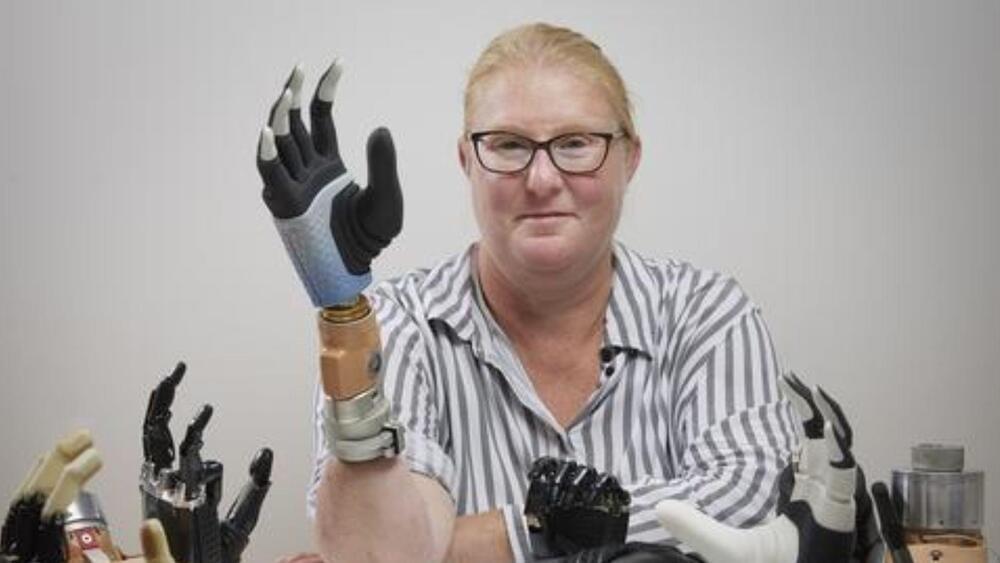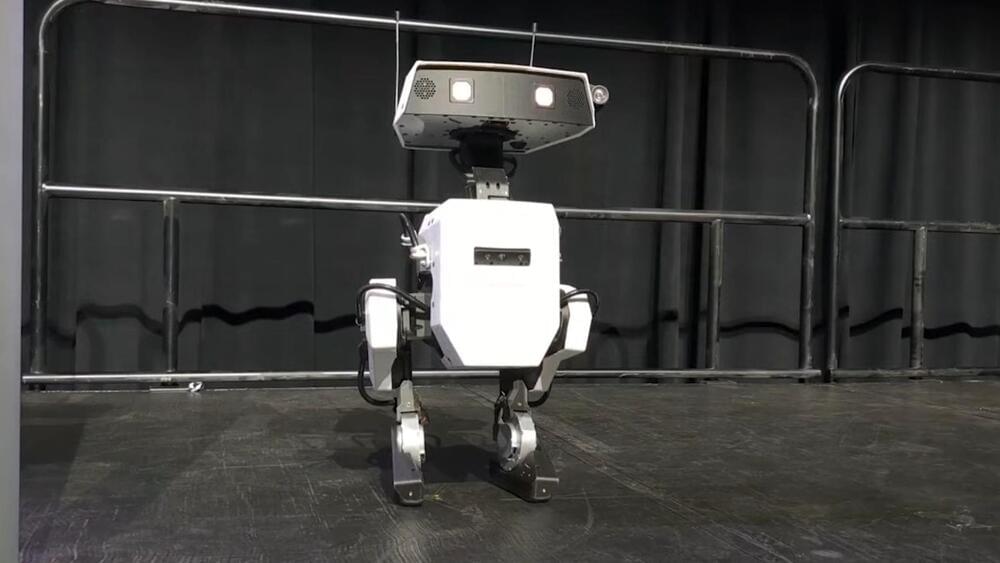We’ve been talking about this a lot in the places where we gather to discuss the potential for AI. There’s an extent to which we’ve already seen the big disruption around chat tech – but then there are all of those question marks about how far it’s going to go from here! You get this when you’re listening to dozens of entrepreneurs, researchers, and people connected to top institutions giving out their pearls of wisdom to expectant crowds. And I’ve done a lot of that lately.
Anyway, what we’re finding in terms of chat evolution is that many of these future chatbot systems are likely to be connected to things that aren’t like large language models at all. Hmmm.
Let’s start with the basic premise of what these large language models do – they source a large amount of training data out on the net, they aggregate it altogether, and they use language as a tool to sort of imitate human cognition in digital environments.









